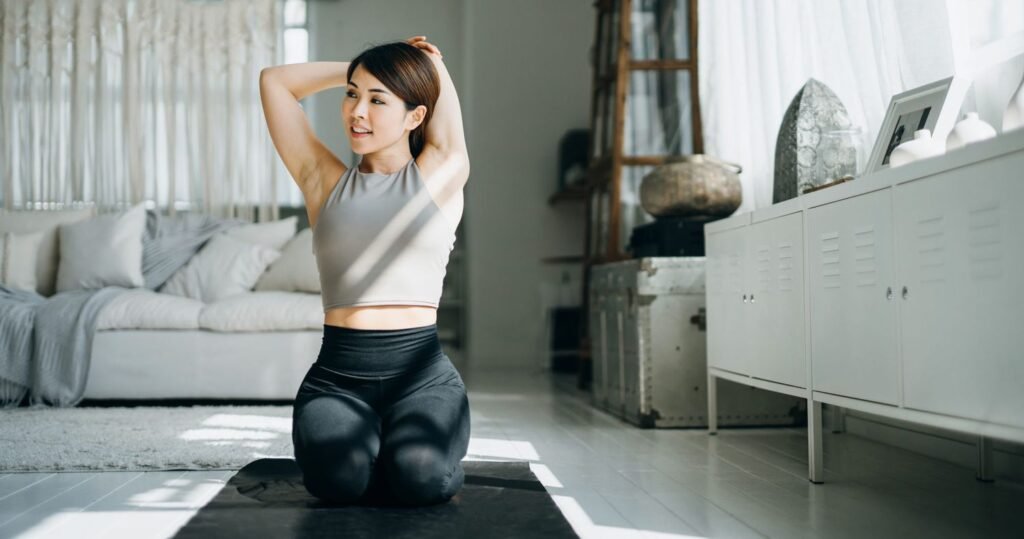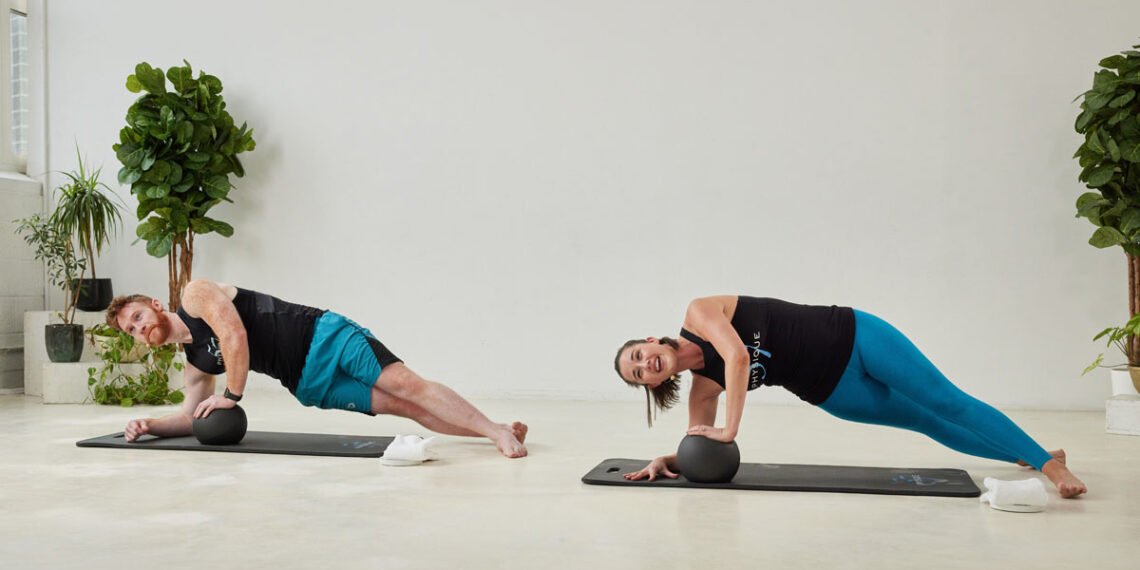Barre workouts offer an effective way to tone and strengthen the body without needing much time or equipment. Many exercises combine ballet-inspired moves with strength training and cardio, making them accessible for all fitness levels. Even short sessions done at home can bring noticeable benefits like improved muscle definition and increased calorie burn.

With busy schedules, 15-minute barre routines are a convenient option to stay active. These focused workouts can target specific areas such as arms, core, or lower body, or provide a full-body challenge. They also include recovery and stretching moves to enhance flexibility and help prevent injury.
Key Takeaways
- Short barre workouts are efficient for body toning and strength.
- Quick sessions are easier to fit into daily routines.
- Barre exercises can target different muscle groups and improve flexibility.
Are Short Barre Sessions Effective?
A 15-minute barre session can offer real benefits without a long time commitment. Studies show brief daily exercise boosts heart health, metabolism, and mental sharpness.
Barre might look simple compared to intense workouts like HIIT or traditional strength training, but it still pushes the body in unique ways. It uses small, precise movements with high repetition, often relying on body weight or light resistance.
This approach helps build deep core strength and supports muscles around joints. Barre focuses on muscle endurance and control rather than heavy lifting.
Key features of a 15-minute barre workout:
- Low-impact, joint-friendly moves
- High repetition for muscle tone
- Targets stabilizing and core muscles
Such workouts can complement other training styles well.
Learn more about short barre sessions here.
Final Thoughts on Quick Barre Sessions
Short barre workouts lasting just 15 minutes can fit easily into a busy schedule while still offering real benefits. Even brief exercise sessions help build strength and improve flexibility when done consistently. For beginners or those returning to fitness, these shorter routines provide a manageable way to start without feeling overwhelmed.
To get the most from these quick workouts, it’s helpful to:
- Set a regular time each day
- Focus on proper form
- Gradually increase intensity
Having access to a variety of barre workouts makes it easier to find a program that matches individual needs and keeps motivation high. This approach supports steady progress toward better fitness and body tone.
Frequently Asked Questions
Which barre moves are key for a full-body session at home?
A well-rounded barre workout includes exercises that target the legs, core, arms, and back. Common moves are pliés, leg lifts, tricep dips, and ab holds. These help engage multiple muscle groups for balanced strength and tone.
How should a beginner start doing barre workouts at home?
Beginners should begin with basic, low-impact moves and focus on proper form. Starting with short sessions, like 15 minutes, helps build endurance. It’s important to move slowly and control each exercise to avoid injury.
What gear is needed to do barre workouts effectively at home?
Minimal equipment is required. A sturdy chair or countertop can substitute for a barre. A yoga mat adds comfort for floor exercises. Resistance bands or light weights are optional but can increase workout intensity.
Is muscle toning possible with just 15 minutes of barre workouts at home?
Yes, short barre workouts can help tone muscles because they focus on small, controlled movements that engage deep muscle layers. Consistency is key, along with using proper technique and challenging yourself gradually.
Where can one find free barre workout guides for home practice?
There are several online options offering free barre routines, including video workouts and written guides. Websites and fitness apps sometimes feature beginner-friendly sessions designed to be done with little or no equipment.
How can barre exercises be added to a fitness routine without using equipment?
Barre moves can be adapted easily by using body weight only. Exercises like squats, lunges, arm pulses, and core work can be done in small spaces without props. Combining these with flexibility work improves overall balance and strength.





































